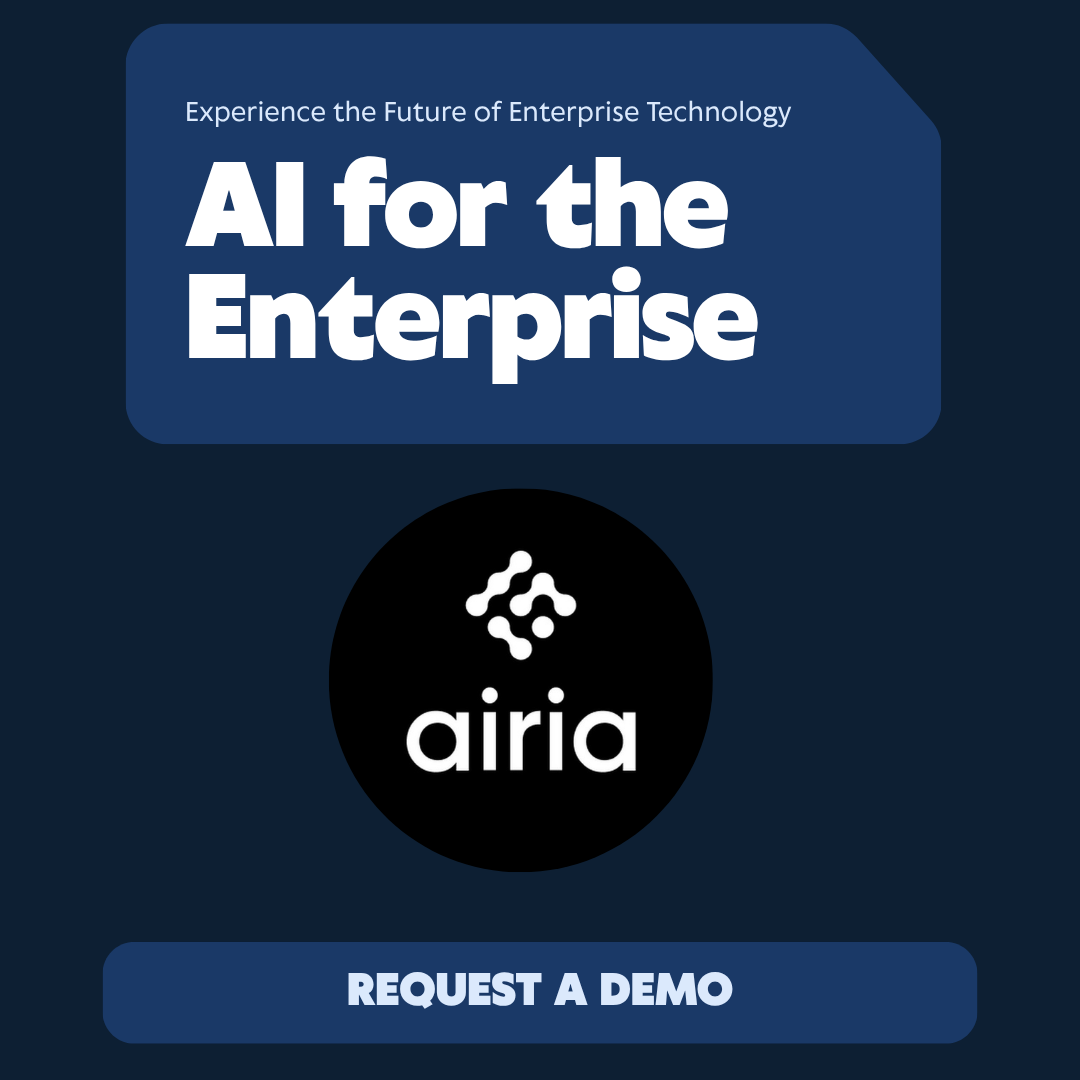Quantum × AI: Are We There Yet?
The Intersection of
Two Frontiers
Quantum computing and artificial intelligence are two of the most transformative technologies of our time—and now, they’re converging.
Quantum AI promises to do what even today’s most powerful supercomputers can’t: process information in parallel, find patterns across vast datasets, and simulate the world with unmatched precision.
But amid the excitement lies a question worth asking:
Are we really there yet?
A Quick Primer:
What Quantum Computing Actually Is
Traditional computers process information in bits—zeros and ones.
Quantum computers use
qubits, which can represent both at the same time, thanks to a phenomenon called
superposition.
When combined with entanglement, where qubits share information instantaneously across distance, the result is exponential computing power.
Instead of evaluating one possibility at a time, quantum systems can explore
many paths
simultaneously, making them ideal for solving optimization, chemistry, and cryptography problems.
Web Education Services
See the ProgramWhy Quantum
Matters to AI
AI systems thrive on computation.
Training a large model like GPT or Gemini requires billions of parameters and massive amounts of matrix math. Quantum computing could
radically accelerate these processes, reducing training time from weeks to hours.
Potential applications include:
- Faster Model Training: Quantum processors performing matrix multiplications at quantum speed.
- Enhanced Optimization: Algorithms that minimize loss functions more efficiently.
- Quantum-Inspired Learning: Using probabilistic techniques from quantum mechanics to improve classical AI.
- Data Compression: Encoding vast datasets using quantum superposition for faster access.
In short, quantum could make AI not just faster—but smarter.
Current Progress:
Early but Promising
While headlines often oversell “quantum breakthroughs,” tangible progress is being made.
Key milestones include:
- IBM Quantum (Eagle & Condor chips) – scalable quantum processors now exceeding 1,000 qubits.
- Google Quantum AI – demonstrated “quantum supremacy” for specific mathematical problems.
- D-Wave Advantage – quantum annealing system solving optimization tasks for logistics and supply chain.
- Xanadu’s Borealis – photonic quantum computer achieving quantum speedups in generative tasks.
In partnership with universities and enterprise labs, these platforms are testing small-scale
quantum machine-learning (QML) models capable of anomaly detection, clustering, and classification.
Quantum Machine
Learning in Action
While large-scale AI training on quantum computers is still years away,
quantum-inspired algorithms are already impacting industries today.
Examples:
- Drug Discovery: Simulating molecular interactions faster and more accurately than classical computing.
- Financial Modeling: Analyzing portfolio risk with quantum-accelerated Monte Carlo simulations.
- Supply Chain Optimization: Identifying the most efficient routing scenarios in complex networks.
- Energy Systems: Modeling grid efficiency and battery chemistry for sustainability.
These aren’t science fiction—they’re early glimpses of what hybrid quantum-classical computing can do.
The Roadblocks
Despite the potential, there are still major hurdles to overcome:
- Error Rates: Qubits are highly sensitive to noise and temperature fluctuations.
- Scalability: Maintaining coherence across thousands of qubits remains a challenge.
- Cost: Building and cooling quantum systems requires specialized, expensive infrastructure.
- Talent Gap: Quantum engineers and data scientists are in short supply.
Until these issues are solved, most companies will rely on
quantum simulators—software that mimics quantum logic on classical machines—to experiment safely and affordably.
Quantum Readiness
for Business
Forward-looking organizations are already preparing for the quantum era.
They’re doing it by:
- Building Partnerships with quantum vendors like IBM, Google, and IonQ.
- Training AI Teams on quantum concepts and hybrid workflows.
- Experimenting Now using cloud-based quantum services.
- Securing Data in anticipation of post-quantum cryptography.
Even if full-scale quantum AI is five to ten years away, early movers are developing the talent and infrastructure now.
Quantum × AI: A Partnership, Not a Replacement
The future isn’t AI or quantum—it’s AI powered by quantum.
AI will provide the intelligence, quantum the horsepower.
Together, they’ll enable breakthroughs in materials, climate modeling, financial forecasting, and even space exploration.
Imagine training an AI climate model that can simulate decades of global weather in minutes, or discovering new compounds for clean energy on demand. That’s the scale of possibility quantum computing unlocks.
The Bottom Line
Quantum AI is no longer just theory—it’s a work in progress.
While we’re not “there” yet, we’re close enough to see the outline of what’s coming: a future where computational limits disappear, and innovation accelerates exponentially.
Business leaders who understand that now will be ready when quantum finally leaves the lab and enters the boardroom.
Gain Your Advantage
Stay informed on the technologies that are shaping tomorrow’s breakthroughs.
Subscribe to GAIN Magazine for insights at the intersection of AI, data, and emerging innovation.















